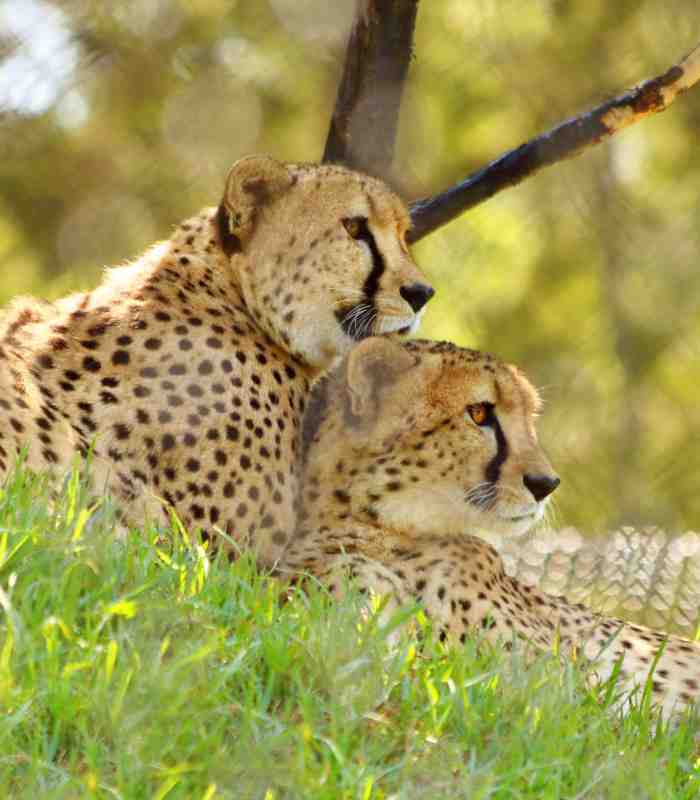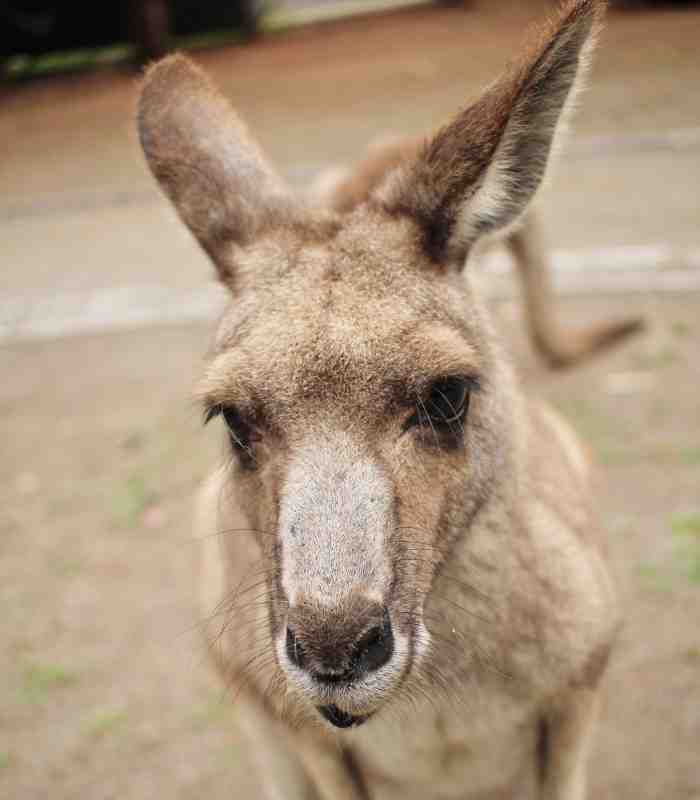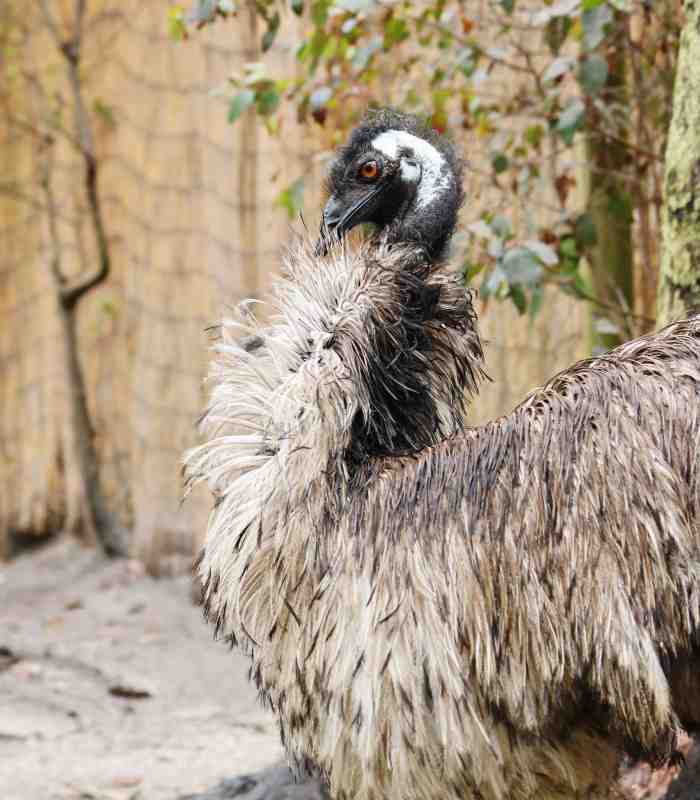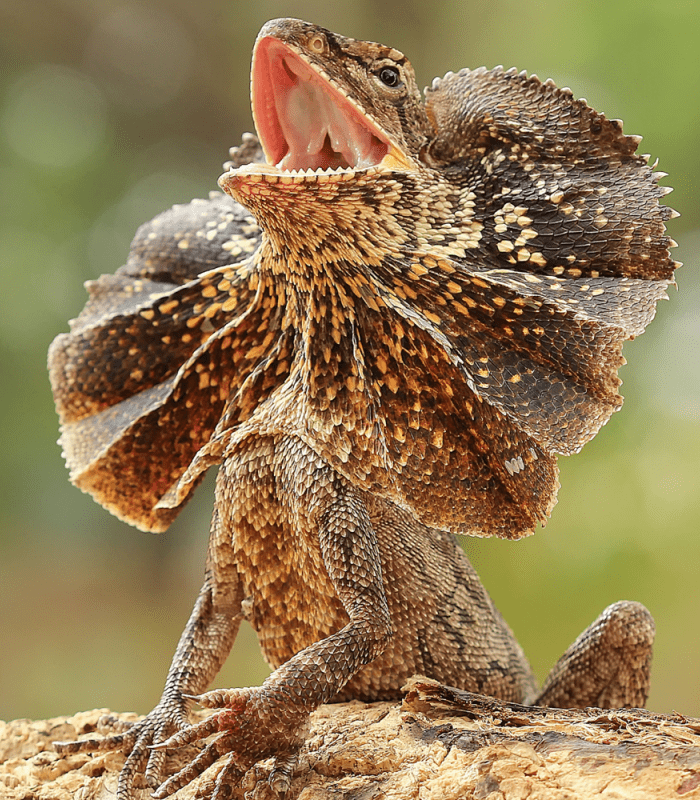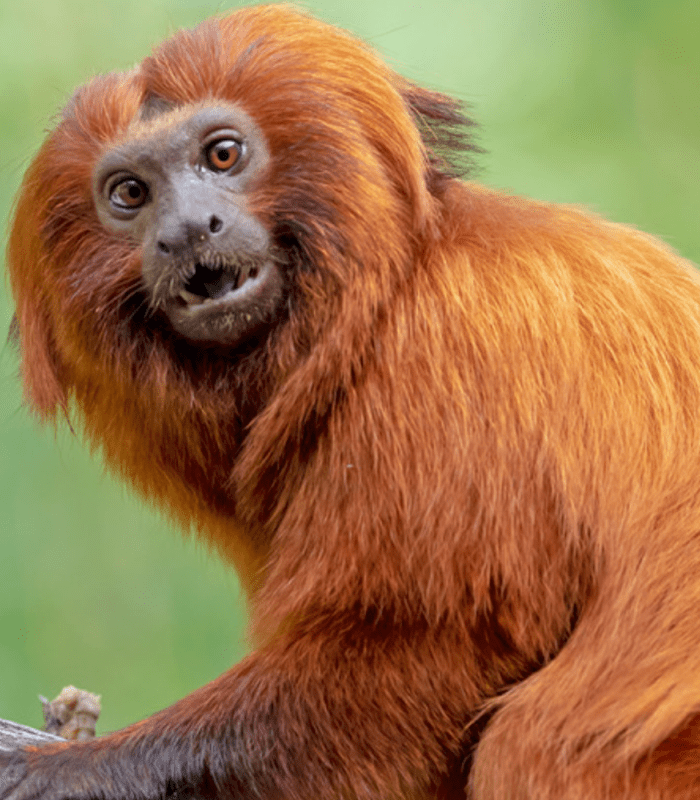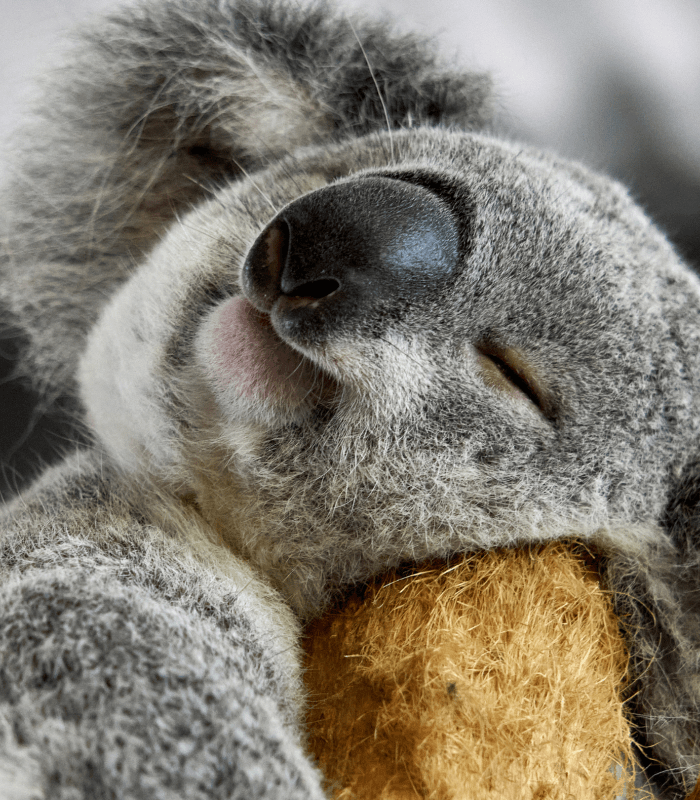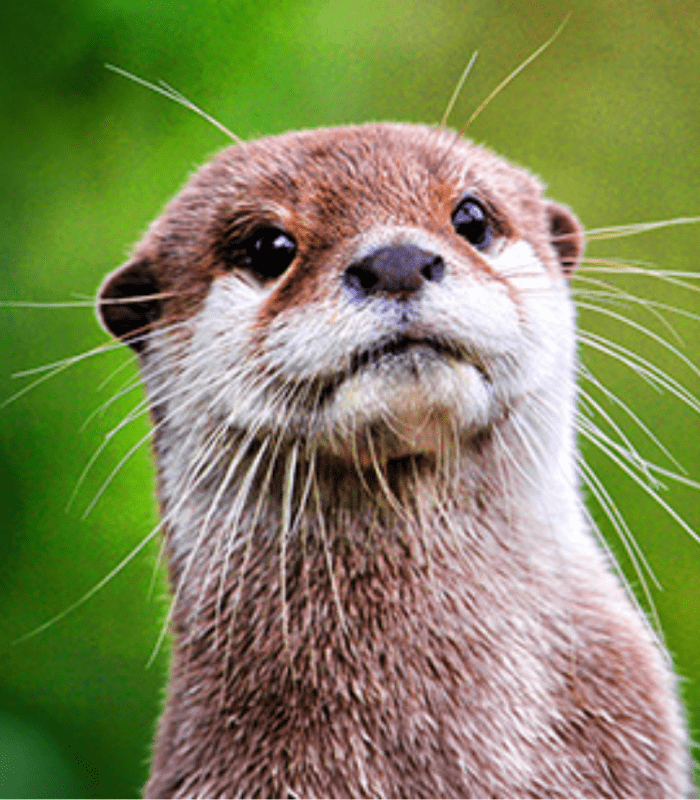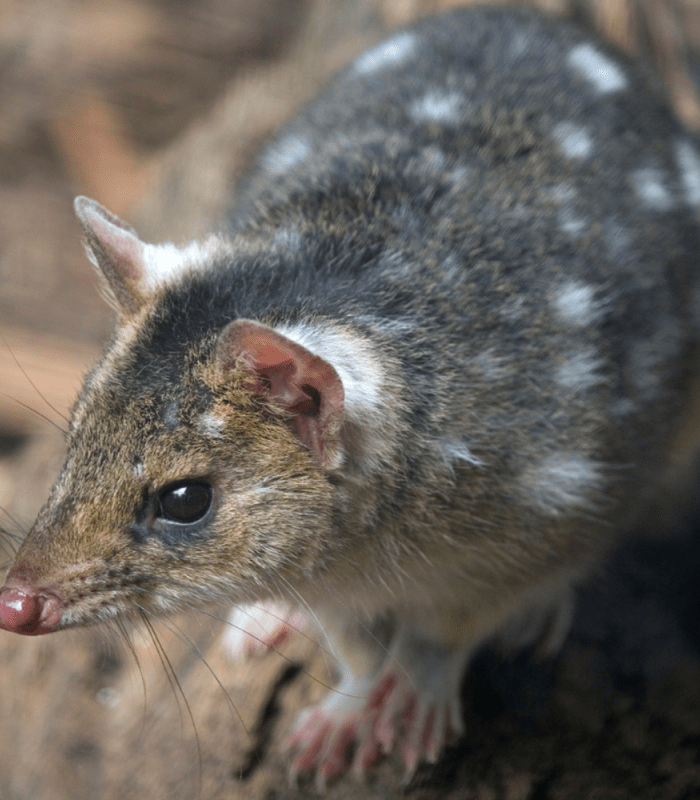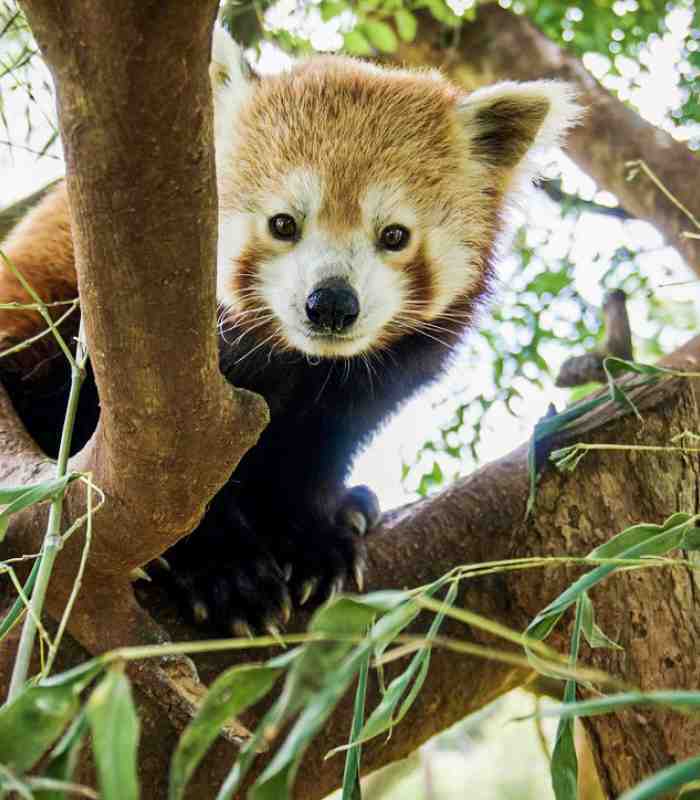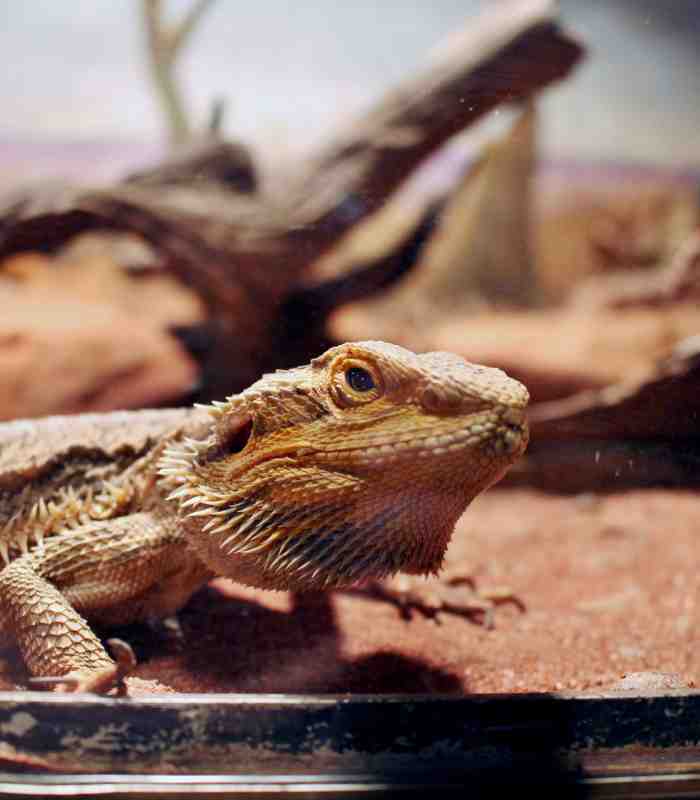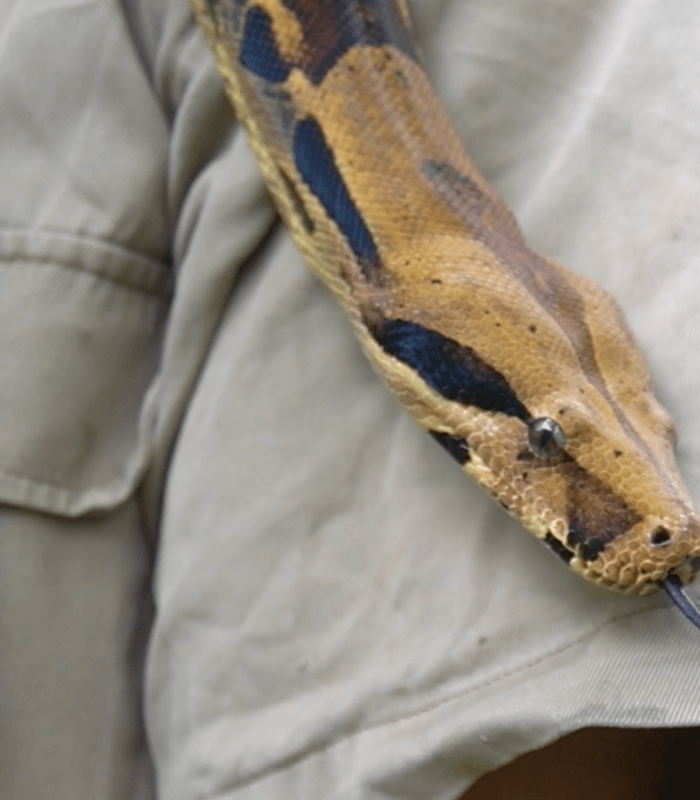Scientific name – Crocodiles johnstoni – Australian
The Freshwater Crocodile is slender-snouted and considerably smaller in build and overall size compared to its cousin, the Saltwater Crocodile, especially when compared to Billabong Zoo’s Monster crocodile “Shrek”. Its colour ranges from grey to tan-brown, with dark patches along the sides and top of the body. The nostrils and eyes sit at the top of the head and the fine sharp teeth are clearly visible even when the mouth is closed. The powerful tail features large triangular scales known as ‘scutes’ along its length, which is almost half the total length of the animal. The hind limbs are considerably larger and longer than the forelimbs; this is most noticeable when the legs are stretched in the water. When resting, the limbs are held tight to the body.
Distribution and habitat
Freshwater crocodiles live in the rivers, streams and creeks that flow into the waters off northern Australia between King Sound in the south-western Kimberley, Western Australia and the northern part of Cape York Peninsula, Queensland. They occasionally occur in near coastal areas where Saltwater Crocodiles are absent, but are much more common in inland areas.
Freshwater Crocodiles inhabit various freshwater environments, including rivers, creeks, pools, billabongs, lagoons, and swamps. During the wet season these habitats become inundated with flood waters which allow the crocodiles to move throughout the flood plains. As the water levels drop the crocodiles tend to congregate in the larger and deeper water bodies, where they prefer to inhabit the shallower waters at the pool edges. Despite the periodic flooding and drying of their habitat, Freshwater Crocodiles show a strong fidelity to their dry season water body, e.g. along the McKinlay River in the Northern Territory, 72.8 percent of marked crocodiles were found to return to the same water body in two successive dry seasons. Freshwater Crocodiles may shelter in burrows among the roots of trees fringing the water bodies they inhabit.
Despite the common name, Freshwater Crocodiles may also occur in brackish waters up to 24% salinity (seawater is 35%).
Diet
In the wild, Freshwater Crocodiles will eat a variety of invertebrate and vertebrate prey, including crustaceans, insects, spiders, fishes, frogs, turtles, lizards, snakes, birds and mammals. Insects (both aquatic and terrestrial) appear to be the most common food item, followed by fish. Larger crocodiles tend to eat larger prey items, however the average size of prey for all Freshwater Crocodiles is generally small (mostly less than 2cm²). Small prey is usually obtained by a ‘sit-and-wait’ method, whereby the crocodile lies motionless in shallow water and waits for fish or insects to come within close range, before they are snapped up in a sideways action. However, larger prey like wallabies and waterbirds may be stalked and ambushed in a manner similar to that of the Saltwater Crocodile. Freshwater Crocodiles are known to be cannibalistic, with larger individuals sometimes preying on hatchlings. In captivity, hatchlings will feed on crickets and grasshoppers, while larger young eat dead baby mice and chopped adult mice.
Life expectancy and breeding
Males can grow up to 3 metres (9.8 ft) long and females up to 2.1 metres (6.9 ft), however the average size of these crocodiles is about 1.5 metres long. They are slow growing animals and it usually takes a male about thirty years to reach 3 metres long. They have a life expectancy of around 50 years.
In the Northern Territory courtship and mating begins at the start of the dry season (June), with egg-laying taking place around 6 weeks later. Courtship in captive Freshwater Crocodiles involved the male placing his head on top of the female’s and slowly rubbing the glands underneath his throat against her before copulation took place.
The egg-laying period typically lasts for four weeks through August and September. About three weeks before egg-laying starts the gravid female will begin excavating a number of ‘test’ holes at night, usually in a sandbank within 10m of the water’s edge. In areas where there are limited suitable nesting sites, many females may choose the same area, resulting in a number of nests being accidentally dug up. The egg chamber is hollowed out primarily with the hind foot, and its depth is largely determined by the length of the hind leg and the type of substrate. Clutch size ranges 4-20, with on average a dozen eggs being laid. Larger females tend to have more eggs in a clutch than do smaller females. The hard-shelled eggs take between two to three months to hatch, depending on the nest temperature. Unlike Saltwater Crocodiles the females do not guard the nest; however they will return and excavate the nest when the eggs have hatched, honing in on the calls of the young inside. Once the young have been uncovered the female helps carry them down to the water and will aggressively protect them for a period of time.
Some of the information about the Freshwater Crocodile was taken from http://australianmuseum.net.au/freshwater-crocodile



